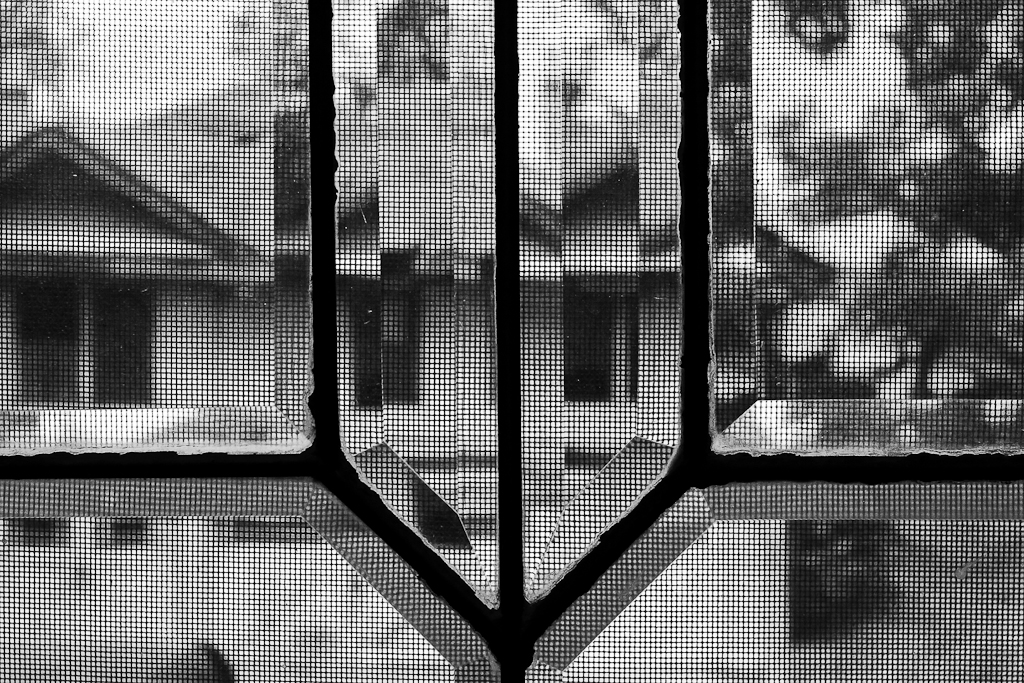Slow down and speed up? How is that supposed to improve my photography? I can already hear you saying words to that effect.
But it is true.
By slowing down the entire process of making a photograph, we see more clearly the things that stand out in that image. And often, we will see those things in greater detail, not simply with greater clarity. What does this do? It sometimes — not always but often enough — will give us greater insight into the main subject, insight that usually isn't possible when we rush to press the shutter.
Next time you grab your camera to photograph that sump'n-sump'n that is drawing you to it like a moth to an old sweater, do this: Slow down. And. Really. Look. At. Your. Subject. Don't care what it is. . . unless it's the license plate of a car speeding away after sideswiping your brand new Tesla. . . just slow down.
What you'll notice is that you may start looking at your subject from more than one point of view. This is a good thing. It leads to discovery, and understanding. "Ooooh, I see," you'll say, "I don't want to shoot it from here. . . mmmm. . . I need to be over there. And a LOT closer."
Taking the time to explore your subject before you even put the camera to your eye pays extraordinary dividends. You get to be really present in the moment. And that is very good training for the rest of your life. Letting your eyes glaze over and daydreaming your ass off is not an altogether bad thing. But it is not always appropriate to one's circumstance.
It doesn't matter what type of camera you use or whether you are a Canonista, Nikonian, or a Sony Maroney. You could be a pro or an am. Doesn't matter. Slowing down your process will inevitably lead to better photographs.
"What about speeding up? You forgot that part, you sly devil, you!"
Now this part is aimed more at the beginner. You know who you are. You just got that brand new Kodak Brownie and you're afraid to waste film so you only take one shot of each subject. Whoops! Welcome to the digital age. Once you have the camera, there's not much more expense to it. Shooting frames is virtually free!
Why is this important? If you only take one shot of a subject, you'll never know if there might have been a Pulitzer Prize winning photo of the subject seven frames later. Subject blinked? Oh, well.
You may have heard the term "spray and pray." It refers to the practice of (almost) indiscriminately shooting frame after frame in the hope that a good image just happens to be captured. That's not what we're talking about.
On the contrary, taking enough shots to completely explore an image has a much higher ratio of selects to rejects than spray and pray. It's a conscious thing, shooting lots of images from a variety of different POV's, where spray and pray is almost an unconscious act. When you find that one image that works, well, that's what makes all the trouble you've gone to worthwhile.
— Lawrence Standifer Stevens


